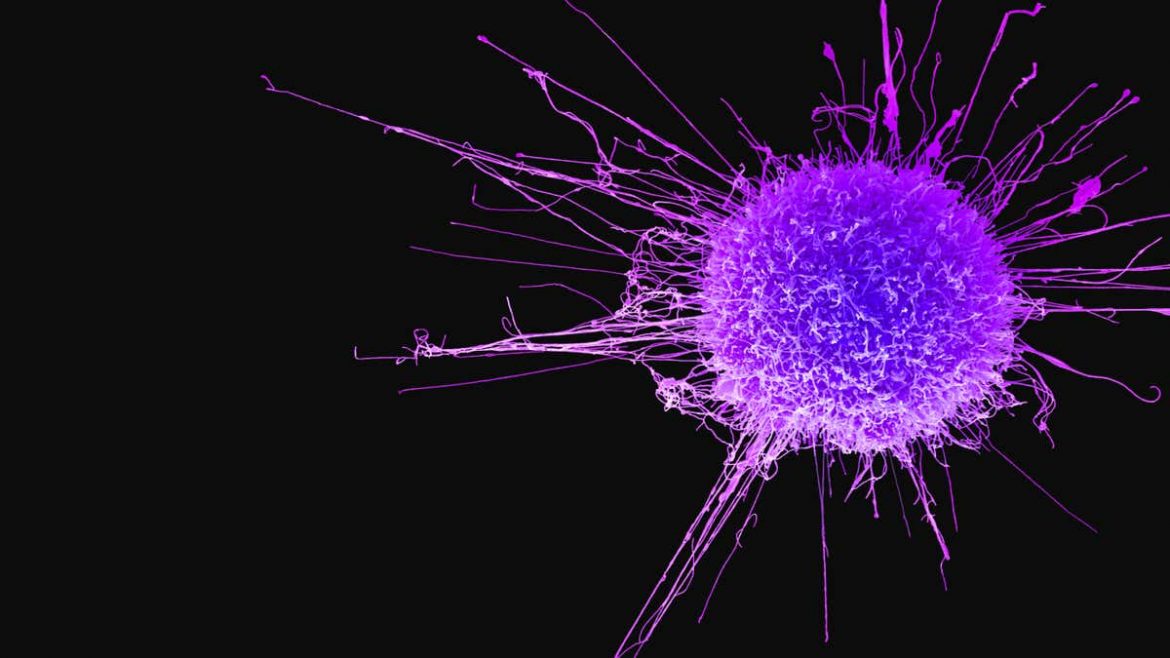According to a study, one-fourth of recurring oestrogen receptor-positive (ER+) breast tumours do not express the ER, are unresponsive to endocrine therapy, and have the potential to spread uncontrollably.
A team of researchers from Baylor College of Medicine has published a study that discloses a mechanism that not only explains the process but also offers workarounds in the Proceedings of the National Academy of Sciences. According to corresponding author Dr. Weei-Chin Lin, professor of medicine-haematology and oncology and of molecular and cellular biology, “For years, our goal has been to tease out the complex puzzle of breast cancer progression to understand how the players interact with one another to confer resistance to therapy and persistent growth.”
ER loss in breast cancer cells
Two cellular proteins called 14-3-3 and ER-36 have previously been associated to breast cancer resistance to endocrine therapy.
Working with a mouse model of human ER+ breast cancer, Lin of the Dan L Duncan Comprehensive Cancer Center said, “We were shocked to find that over-expressing 14-3-3t in these tumours led to all the cancer cells becoming ER-negative (ER-). “I can still clearly recall the day I saw the figures. The transformation was striking—all of the tumours had lost their ER!”
The researchers created an alternate model because they realised that studying the mechanism in animal models would be labor-intensive, expensive, and time-consuming.
Lidija A. Wilhelms Garan, first author, is a graduate student in the Baylor Cancer and Cell Biology Program who works in the Lin lab. She created a spheroid model of human breast cancer cells that replicates the transformation from ER+ to ER- and offers a useful experimental tool for future research.
In a patient, a breast tumor’s progression from ER+ to ER- can take years; in our animal model, it takes several months; but, in our spheroid model, it does so in just one to two weeks, according to Garan.
The scientists discovered that when 14-3-3t is overexpressed in cancer cells in the lab spheroid model, under the correct circumstances, the cells will raise their levels of ERa36, which is followed by ER loss.
Other molecular players, such AKT and GATA3, are also necessary, according to Garan. Importantly, we discovered that the transition from ER+ to ER-is aided by substances produced by the tumour microenvironment, which includes fibroblasts and immune cells that are present in the tumour mass and communicate with the cancer cells.
We were aware that the major agents in converting ER+ breast cancer cells into ER- cells were 14-3-3t, ERa36, AKT, and GATA3. Here, we’ve established their functional relationships with one another, putting up a road map for ER loss,” Lin added.
“I am thrilled that we now have a useful tool with our spheroid breast cancer model to examine not just the cellular alterations involved in breast cancer progression but also to test medications for their capacity to stop the process that leads to ER loss,” the researcher said.
“About 60% of breast tumours have an overexpression of the protein 14-3-3t. Not all patients with high 14-3-3t will lose the ER, but for those who do, our findings may one day aid in bringing their tumours back to a state where they are therapy-sensitive “said Garan. The ability to translate research findings into clinical practise and enhance people’s lives has always been a priority for me.





